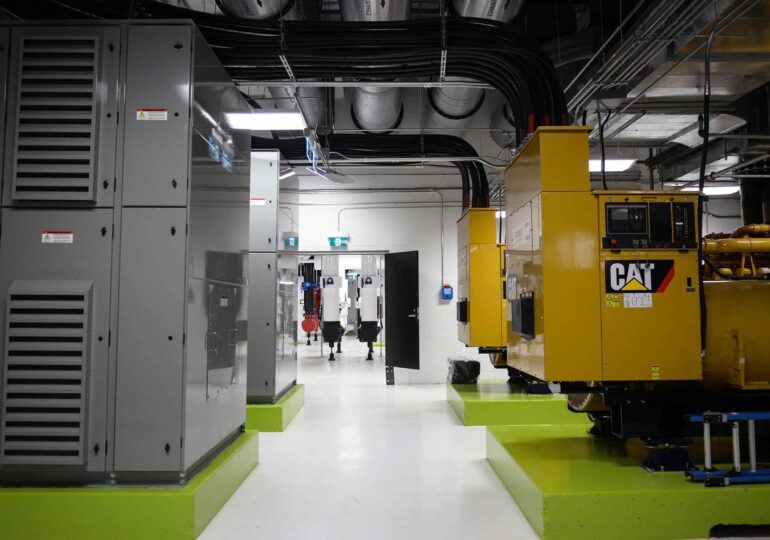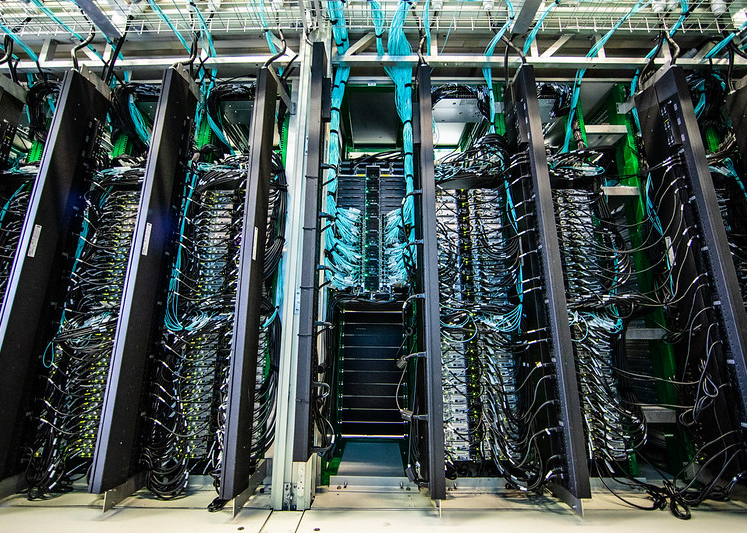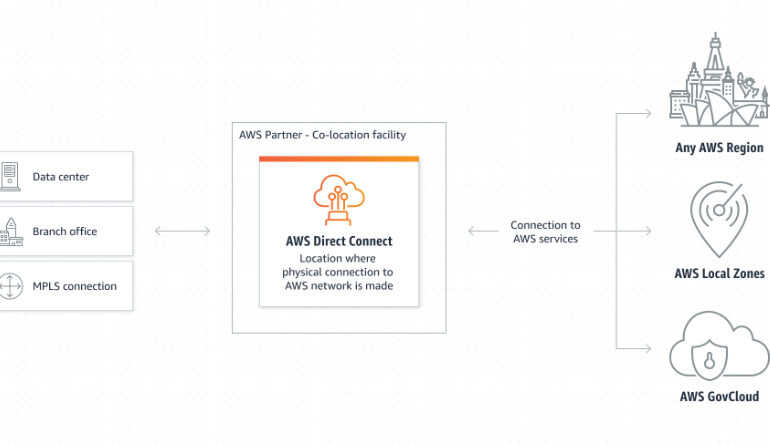Why choosing the right OLT is important for your FTTP network

When it comes to setting up a reliable and efficient FTTP (Fiber To The Premises) network, choosing the right Optical Line Terminal (OLT) is of utmost importance. As the central component of the network, the OLT plays a vital role in ensuring seamless connectivity and optimal performance for your subscribers.
In this article, we will briefly cover the key areas you should address:
- Understanding the importance of OLTs in FTTP networks
- The role of OLTs in delivering high-speed Internet
- Key factors to consider when choosing an OLT for your FTTP network
- Different types of OLTs and their features
- Compatibility and scalability considerations for OLTs
- Comparing OLT vendors and their offerings
- Case studies: successful deployments of OLTs in FTTP networks
- Best practices for OLT installation and maintenance
- OLT troubleshooting and common issues
Understanding the importance of OLTs in FTTP networks
An OLT, or Optical Line Terminal, is a key piece of equipment in FTTP networks. It serves as the convergence point where multiple fiber optic cables from subscribers are connected to the wider network. The OLT is responsible for processing and managing the data traffic, ensuring that it is routed efficiently to its intended destination. Without a high-quality OLT, the performance and reliability of the entire FTTP network can be compromised.
The role of OLTs in delivering high-speed internet
One of the primary functions of an OLT is to provide high-speed internet connectivity to subscribers. With the increasing demand for bandwidth-intensive applications such as streaming, online gaming, and cloud computing, a robust OLT is essential to deliver the required speeds. The OLT acts as a gateway, receiving data from the subscriber’s premises and transmitting it to the wider network at lightning-fast speeds. It also ensures that the data is transmitted securely and without any loss or latency.
Key factors to consider when choosing an OLT for your FTTP network
When it comes to selecting an OLT for your FTTP network, there are several factors that need to be taken into consideration. Firstly, compatibility with your existing infrastructure is crucial. The OLT should seamlessly integrate with your network architecture and support the protocols and standards used by your equipment. Additionally, scalability is important to accommodate future growth and increased bandwidth requirements. An OLT that can easily be upgraded or expanded will save you from costly replacements in the future.
Different types of OLTs and their features
There are different types of OLTs available in the market, each with its own set of features and capabilities. The most common types include centralized OLTs, distributed OLTs, and virtual OLTs. Centralized OLTs are typically used in larger networks where multiple OLTs are deployed in a central location. Distributed OLTs, on the other hand, are spread out across the network to reduce latency and improve performance. Virtual OLTs are software-based solutions that offer more flexibility and scalability. Understanding the features and benefits of each type will help you make an informed decision based on your specific requirements.
Compatibility and scalability considerations for OLTs
When selecting an OLT, it is important to ensure that it is compatible with your existing network infrastructure. The OLT should support the fiber optic standards used in your network, such as GPON or EPON. Additionally, it should be able to handle the expected number of subscribers and provide sufficient bandwidth to meet their needs. Scalability is also a crucial factor, as you may need to expand your network in the future. Look for an OLT that can easily accommodate additional subscribers and higher data speeds without compromising performance.
Comparing OLT vendors and their offerings
There are numerous OLT vendors in the market, each offering their own range of products and services. It is important to conduct thorough research and compare the offerings of different vendors before making a decision. Look for vendors with a proven track record and a strong reputation in the industry. Consider factors such as reliability, customer support, and the availability of software updates and patches. Investing in a reputable and trusted brand will ensure that you have access to the latest technology and ongoing support for your network.
Case studies: Successful deployments of OLTs in FTTP networks
To further understand the impact of choosing the right OLT, it is helpful to examine successful deployments in real-world scenarios. Case studies can provide insights into the challenges faced by network operators and the solutions offered by specific OLT vendors. Look for case studies that are relevant to your industry or network size. Pay attention to the specific benefits achieved by deploying a high-quality OLT, such as improved network performance, increased subscriber satisfaction, and reduced maintenance costs.
Best practices for OLT installation and maintenance
Once you have selected the right OLT for your FTTP network, it is important to ensure proper installation and ongoing maintenance. Follow the best practices recommended by the vendor to ensure optimal performance and longevity of the equipment. This may include proper cable management, regular firmware updates, and monitoring the performance metrics of the OLT. Additionally, establish a maintenance schedule and conduct periodic inspections to identify and address any potential issues before they escalate.
OLT troubleshooting and common issues
Despite taking all the necessary precautions, issues with the OLT may still arise. It is important to have a solid understanding of common issues and their troubleshooting methods. This will help minimize downtime and ensure a quick resolution. Some common issues include power failures, network configuration errors, and hardware failures. Familiarize yourself with the troubleshooting procedures provided by the vendor and ensure that your network technicians are well-trained in resolving OLT-related issues.
Conclusion: The impact of choosing the right OLT on your FTTP network performance
In conclusion, selecting the right OLT for your FTTP network is crucial for ensuring seamless connectivity, high-speed internet, and optimal performance. By considering factors such as compatibility, scalability, and the reputation of the vendor, you can make an informed decision that will contribute to the success of your network. Investing in a high-quality OLT will not only provide a reliable and efficient network for your subscribers but also future-proof your infrastructure against the ever-increasing demands of the digital world. Choose wisely and reap the benefits of a well-designed and well-maintained FTTP network.









































